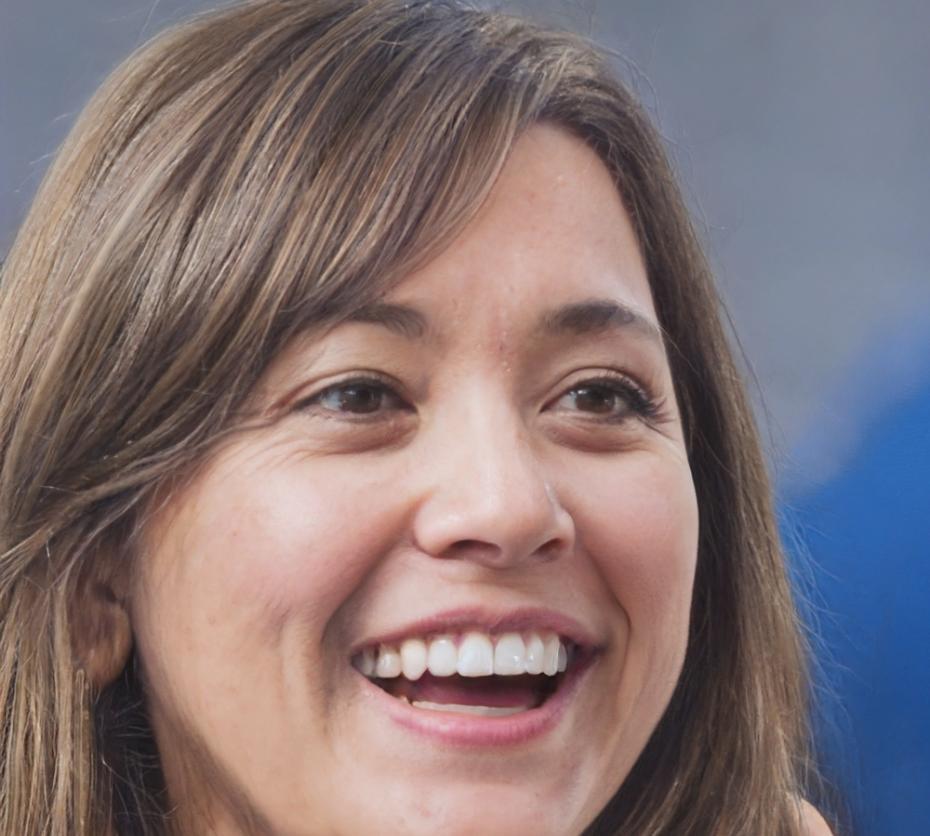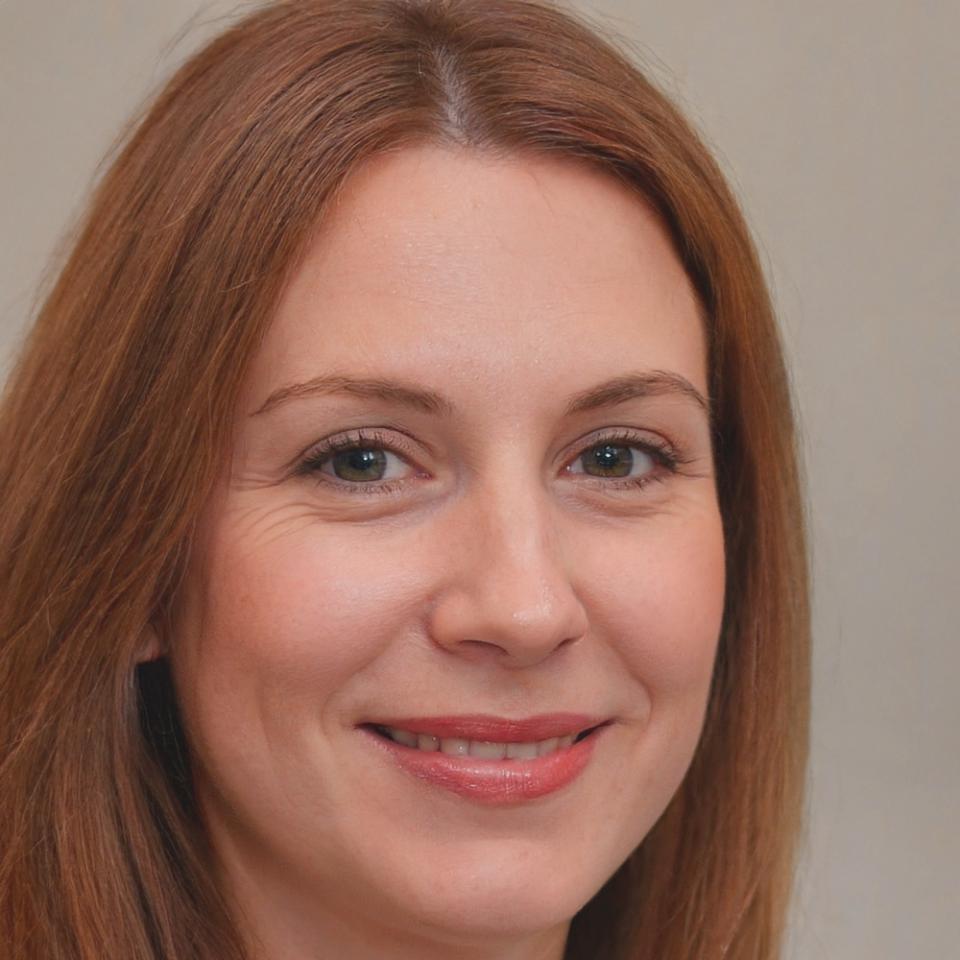Build 3D Worlds From Imagination to Reality
We teach game artists how to think like developers. Real projects, actual industry workflows, and the technical foundation you need to create characters and environments that work in modern game engines.

Our Evolution
From Studio Practice to Teaching Excellence
Started as freelance artists working on mobile games. We realized most education focused on software buttons, not actual production thinking. So we built something different.
Foundation Year
Two game artists in Kafr El-Dawar started teaching local students. First cohort was six people crammed in a small studio space. We focused on character modeling for mobile games because that's what we knew.
Curriculum Shift
Expanded beyond modeling. Added environment art, texturing workflows, and basic Unity integration. Students started asking better questions about optimization and poly counts. That's when we knew we were onto something practical.
Industry Partnerships
Connected with game studios across Egypt and MENA region. They needed artists who understood technical constraints. We adjusted our teaching to focus on production-ready work, not just portfolio pieces.
Next Chapter
Planning September 2025 intensive program focused on stylized game art. We're moving into specialized tracks because generic "learn 3D" courses don't prepare anyone for actual studio work. Applications open June 2025.
How We Work
Production-Focused Learning
Technical Foundation First
Before touching software, we cover topology, UV mapping theory, and poly budgets. You need to understand why things work, not just memorize button clicks. Most online tutorials skip this part.
Real Project Constraints
Every assignment has actual game limitations. Mobile poly counts, texture memory budgets, engine-specific requirements. You'll learn to make artistic decisions within technical boundaries from day one.
Iterative Feedback Cycles
Weekly critiques modeled after studio art reviews. We look at your work the way a lead artist would. Constructive, specific, and focused on improving production quality rather than personal style.


Building Careers Through Practical Training
Our graduates work in mobile game studios, indie teams, and freelance markets. They're not rockstars overnight, but they understand production workflows and can deliver assets that actually work in game engines.
Students Trained Since 2021
Weeks Average Program Length
Industry Projects Completed
Student to Instructor Ratio
What Students Actually Say
These are from people who finished programs and started working. Real feedback about what helped and what could be better.
"The technical breakdown of topology changed how I approach modeling entirely. I used to just push vertices until things looked right. Now I understand edge flow and why clean geometry matters for animation. That knowledge has been essential in my current freelance work."
"Learning environment art with actual poly budgets was eye-opening. Most tutorials let you model whatever without constraints. Here, you had to make artistic choices within technical limits from the start. That's exactly how my studio operates now, so the transition was smooth."

